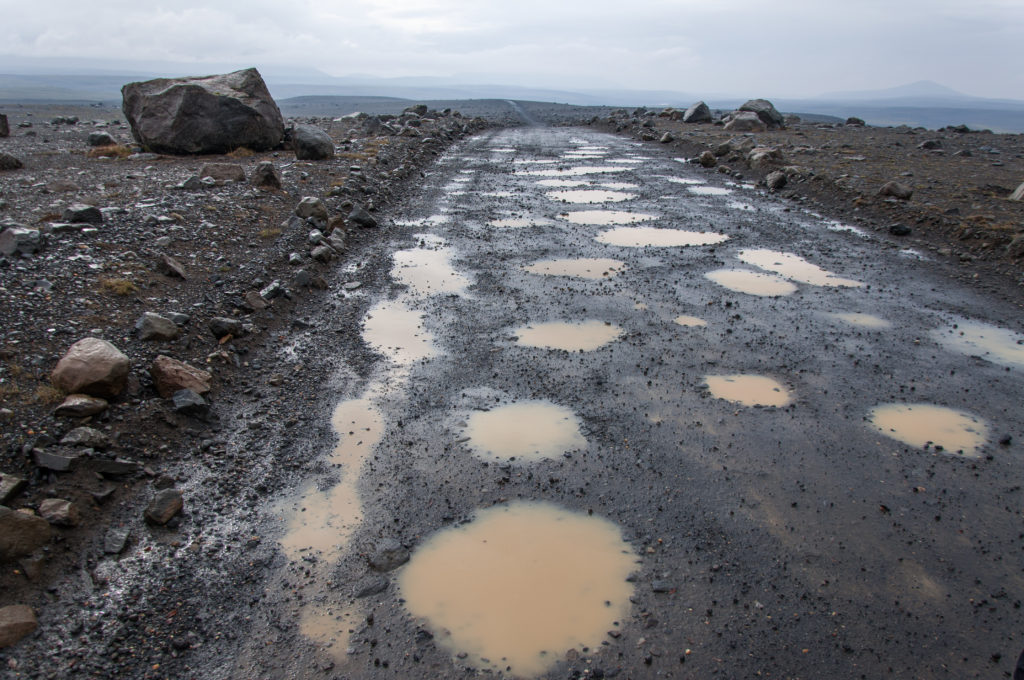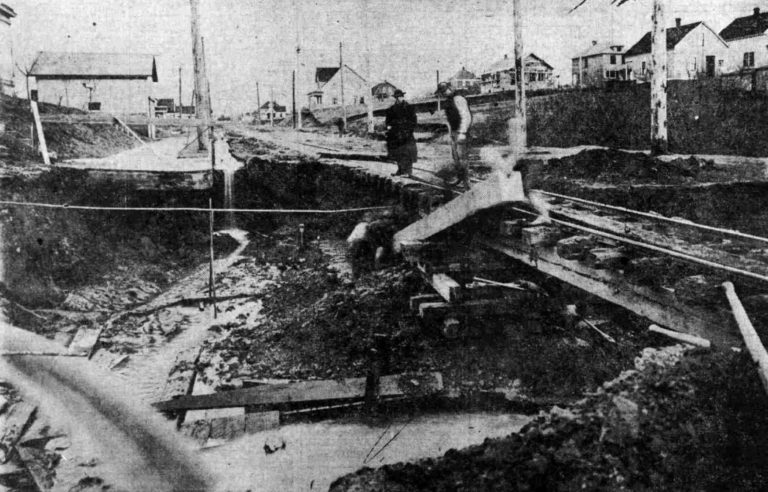If you wish to live a life fully, not only is failure an option, it is mandatory.
Lack of failure is only possible by walking on paved paths. A lack of failure is a barrier to knowing yourself more acutely, to creating something that is entirely your own, to knowing the joy of following a trail that ends in the middle of nowhere, to learning the depth of your resilience.
Develop success from failures. Discouragement and failure are two of the surest stepping stones to success.
~ Dale Carnegie
While it is already obvious from the title of this series and from the intro to this post, let me state clearly that the event I ran for Ness Labs did not go according to plans.
It started off with the odds against it.
I woke up to my alarm at 6 am that Saturday morning. This is not a typical Saturday occurrence. Nessers are an international lot so I wanted to accommodate the greatest number of time zones as possible when I scheduled the Leap! event for the community. As much as I was not enthused about what it meant for my day, 7 am Pacific time hit most time zones at a semi-reasonable time.
Lesson 1: Do not try to schedule around the needs of the many, especially if you have no idea who is going to show up. It is far far better to be at your prime if possible so that you are working with your energy level rather than against it.
Rather than being excited about what was about to happen the day of the event, I was cranky and lacking enthusiasm.
The week before the event, my work schedule was INTENSE. I had put in multiple 16 hour days back to back. This was not something I could foresee or plan around. I do wonder, however, if I should have rescheduled the event. Especially since it was a free one-hour online event, meaning that the ripple effect of rescheduling would have been minimal.
Lesson 2: If you see you are going down a potentially problematic road, consider all of the options other than driving straight into the visible potholes. Sometimes, there really isn’t a good option other than to navigate it as carefully as possible. But sometimes, there is another route if we are willing to be flexible.
The morning of the event, I was surprisingly calm. Usually, my stage fright would be hyperactivated. Perhaps my stress centers were completely depleted from the previous week. There were some butterflies but they were manageable. It was strange. I had never taught without being completely freaked out beforehand.
When the time came for the event to start, I launched Google Teams and waited to run through my introduction. At 7:01 am, there was one person in attendance.
And this is when all of the potential potholes opened up into a singular sinkhole.

I had a panic attack. If you’ve had the kind of panic attack where you want to run and hide but you are trying to figure out how to breathe and stop shaking and not pass out all at once, you understand what was happening. If you haven’t, nothing I say can help explain the situation.
I forced myself somehow to start the opening presentation, stumbling on my words a bit, which only made my panic worse. I knew if I could just get to the prompt stage, it would be fine. At that point, all I do is spin the wheel o’ prompts, read it, and set a timer.
I didn’t make it that far. I went to mute myself for a moment to take a drink of coffee and accidentally ended the meeting. Meaning I hung up on the one participant. I quickly texted them that I was having a technical problem and then restarted the meeting. Surprisingly, they showed back up!
I got through the presentation and to the first prompt. Okay, almost to the safe zone! Went to mute myself for the writing stage. And…
I hung up on the participant. Again.
I could not go on. I was done. I had reached my point of failure. This particular Leap! event was a failure.
Failure is a dangerous word, often loaded enough to cause folks to react in anger or break out in tears.
When I say this was a failure, those closest to me wanted to come to my defense, to say oh, it wasn’t a failure. Or to console me somehow. It was interesting to see how other people perceived failure guide their reaction to the simple phrase, “well, that was a failure.”
Recently, I heard a clip of Will Smith talking about the point of failure. He starts with a truncated version of the oft-quoted John C. Maxwell call to:
“Fail early, fail often, but always fail forward.”
Smith goes on to say:
You know, when you go to the gym and you work out, you’re actually seeking failure, you want to take your muscles to the point where you get to failure because that’s where the adaptation is, that’s where growth is.
So let’s stop there for a minute. In certain areas, we seek failure. We push until we can no longer do the thing we are trying to do. And we cannot possibly know what our limit is in that arena until we’ve done everything we can and truly cannot do more.
Of course, there are substantial differences between a controlled physical failure and how failure behaves outside of the gym.
Outside of annual eye exams, which are designed for us to fail at some point, American culture doesn’t generally embrace failure. While anyone who has ever tried strength training knows the phrase “to the point of failure”, it isn’t something that we often hear outside of the gym.
No one says I think I’ll invest my money “to the point of failure” or I’m going to work hard today, “to the point of failure!” Or I’ll do this presentation “to the point of failure!”
The most glaring difference is that the point of failure in the gym is a self-reinforcing positive feedback loop that leads to becoming stronger. Next workout, that point of failure might shift out a few more push-ups or a bit more weight. We gain confidence by enduring and watching that line move and prove that we are stronger…at least early on when the changes come quickly for most people.

Once we hit a plateau, where the line doesn’t seem to move as quickly, it is harder to stay motivated. And suddenly the thinking around failure shift: “I’m not getting stronger; I’m a failure”
At that point, failure isn’t something to achieve, it’s something that defines us.
The shift is critical. Now failure symbolizes something that we either simply cannot do or something we did wrong. We are weak or incompetent or both.
Lesson 3: If we can interrupt that transition from failure as a process to failure as an identity, then we may grow from the experience.
Which makes what we do next even more critical. How we fail defines us. More on that next week.
Featured image is of the 1907 31st and Clinton sinkhole in Portland Oregon.
Unknown author, Public domain, via Wikimedia Commons

1 thought on “Leap: A tale of faith and failure (part 2)”